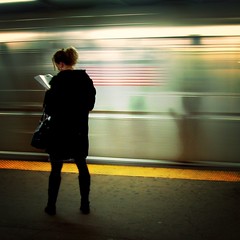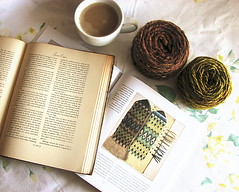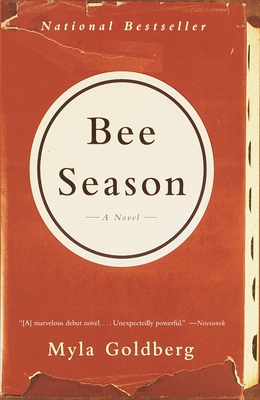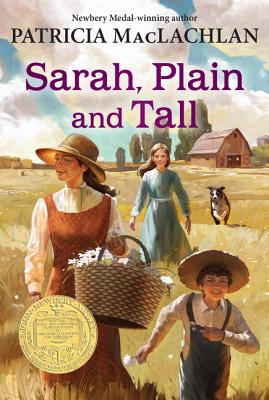At BookRiot, Jeanette Solomon talks about her “reading rules”–her own personal reading code, including when to stop reading (at the end of a chapter) and how to use bookmarks. This, of course, got me thinking about my own reading rules. So in no particular order:
 1. It’s okay to read multiple books at the same time. Sometimes your nightly reading is a giant tome and you need a smaller volume to carry on the train. Sometimes you need to balance out Moby-Dick with some fluffy YA romance.
1. It’s okay to read multiple books at the same time. Sometimes your nightly reading is a giant tome and you need a smaller volume to carry on the train. Sometimes you need to balance out Moby-Dick with some fluffy YA romance.
2. Thou shalt not dogear. Bookmarks (or receipts or plane tickets) were invented for a reason.
3. Rereading is encouraged. You don’t just have chocolate cake once in your life and move on because there are other desserts, right?
 4. If you give a book as a gift, hope that it’s something the receiver will enjoy but don’t be weird and pressure-y about it. Sometimes a gift-book just isn’t your style. Also, readers already have a lot on their reading lists without book impositions; sometimes they mean to get to your book but want to read others first.
4. If you give a book as a gift, hope that it’s something the receiver will enjoy but don’t be weird and pressure-y about it. Sometimes a gift-book just isn’t your style. Also, readers already have a lot on their reading lists without book impositions; sometimes they mean to get to your book but want to read others first.
5. If you have given a book a good chance and, halfway through, still don’t like or care about it, you can stop reading it. (But beware: you can’t really claim to have read it unless you’ve finished it.)
6. If someone lends you a book, you need to do your best to return it. If you lend someone else a book, assume it’s gone forever and then be pleasantly surprised when the lender returns it to you.
 7. Don’t shame someone’s favorite books. You may not love Twilight or The Da Vinci Code, but some people do and it doesn’t put them on par with puppy-kickers.
7. Don’t shame someone’s favorite books. You may not love Twilight or The Da Vinci Code, but some people do and it doesn’t put them on par with puppy-kickers.
8. Say it with me: books are not coasters.
9. Don’t peak ahead at the ending. If you have to look ahead to see how many pages are left, try to avoid glancing at any actual text.
10. Marginalia must be stopped. I want to read the book, not your notes.
For more book rule goodness sure to check out the original BookRiot post and Leila’s list at bookshelves of doom, as well as the comments in each post. (I know, it’s like the one time it’s okay to read the comments.)
Are you pro-bookmark/dogearing/marginalia? Share your reading rules in the comments!
(images: Mo Riza; Madelinetosh; Brendan Murphy)




